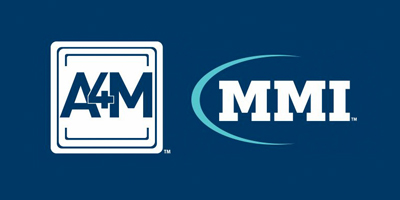The transmission of HIV from mother to newborn is significantly lower when early interventions are in place.
The American Academy of Pediatrics updates its guidance on evaluating and managing medical care for infants exposed to the human immunodeficiency virus (HIV) in a newly published clinical report in Pediatrics.
About 8,500 women with HIV infection give birth annually in the United States, according to the clinical report, “Evaluation and Management of the Infant Exposed to HIV in the United States,” published in the November 2020 Pediatrics.
“Whenever possible, we try to identify if a woman has HIV infection before or during pregnancy, because it allows for earlier entry to HIV care for her – and more effective ways to prevent the baby from becoming infected,” said Ellen Gould Chadwick, MD, FAAP, a lead author of the report, written by the Committee on Pediatric AIDS. “The rate of transmission to infants remains low, largely because of the treatment initiated when a pregnant mother’s HIV status is known.”
HIV testing is now part of routine prenatal care in most states. When caring for a newborn, it is important that appropriate steps are taken for early detection of HIV infection, that appropriate vaccines are administered, and adequate counseling is provided to families living with HIV infection.
The AAP also recommends:
- If the mother’s HIV status is unknown at the time of labor or birth, the newborn infant’s health care provider should perform expedited HIV antibody testing on the mother or the newborn infant or antigen/antibody testing on the mother, with appropriate consent consistent with state and local laws.
- The results should be reported to health care providers as soon as possible after birth. This allows for initiation of recommended therapies that include administration of antiretrovirals, which can begin ideally within 6 to 12 hours of life.
- The mother should not breastfeed, because antiretrovirals reduce but do not eliminate breastmilk transmission.
- Pediatricians should provide counseling to parents and caregivers of HIV-exposed infants about HIV infection, including routine care of the infant, diagnostic tests, and potential drug toxicities.
- All HIV-exposed infants should undergo virologic testing at 14 to 21 days of age. If results are negative, these tests should be repeated at 1 to 2 and 4 to 6 months of age to identify or exclude HIV infection as early as possible.
- Immunizations and TB screening should be provided for HIV-exposed infants in accordance with published guidelines.
- HIV testing should be offered and recommended to immediate family members of HIV-exposed infants. The practitioner providing care for an infant with HIV infection should consult with a pediatric HIV specialist.
“We have come a long way in helping mothers manage perinatal HIV exposures to prevent transmission,” Dr. Chadwick said. “We encourage open communication between doctors, patients and their families so that all appropriate therapies can be provided.”















